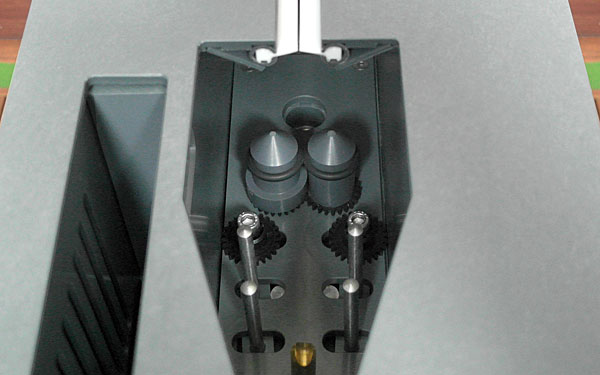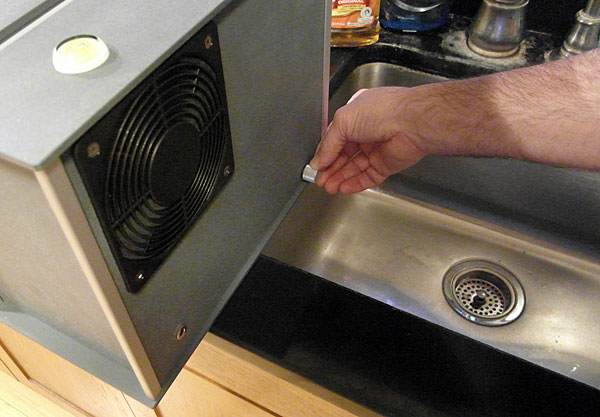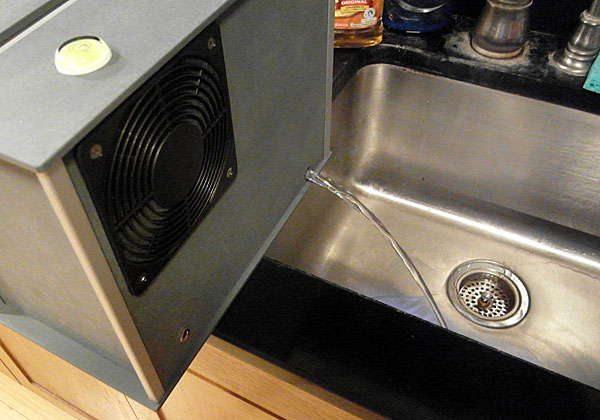| Columns Retired Columns & Blogs |
I have no doubts that this is an extremely well engineered product that provides cleaning beyond reproach and well above every other cleaning system on the market. But, is it fiscally prudent to purchase a $4,000+ cleaner to clean thrift store finds in the hopes that it MIGHT transform them into vinyl gold? Personally, I think not.
Clearly this is a product that's aimed at high volume collectors, stores, archival institutions and maybe the folks that buy from "Better Records". For the average end user though, a more reasonably priced option might make sense.










































